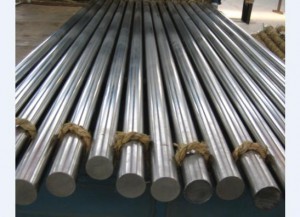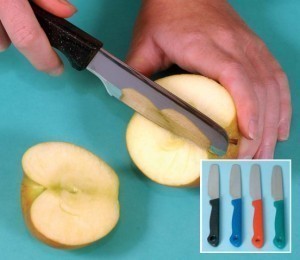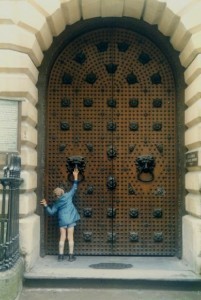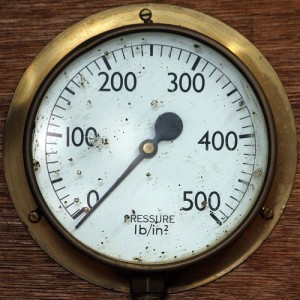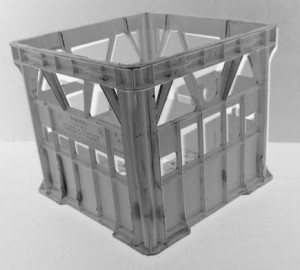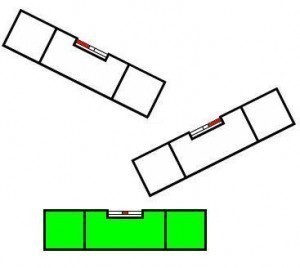Cabinet Dimensions Standard
The following are the standard cabinet dimensions used in the United States and other countries. As the following information will show, there are also other sizes used by manufacturers.
Specialty Cabinets
Some are 18 inches so they can be set over the range. Those that fit over the fridge are between 12 to 15 inches.
Wall Cabinets
These are fastened onto walls using screws. The depth is 12 inches. The average height is 30 inches. But some are 24, 33 or 42 inches high.
Utility and Pantry Cabinets
These are usually 84 to 96 inches high.
Base Cabinets
These are the ones placed on the floor. They are 34 1/2 inches high, 24 inches deep and have a 4 inch toekick.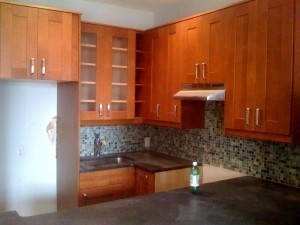
Custom Sizes
Aside from the standard cabinet dimensions, there are also custom size versions available. If you have over-sized dinner plates (12 inches or more across), make sure the cabinet can handle the size. Otherwise, you may not be able to close the door.
Kitchen Cabinet Dimensions
The typical counter top is 25” deep x 36” high. The base cabinet is 24” deep x 34 1/2″ high. The base cabinet kick space is 3” deep x 4” high. The drawer sizes vary, but most are at least 4 inches high. The hanging cabinet is 12” deep x 30”- 42” high. The space between the hanging cabinet and the counter top is 18” high.
The space between a hanging cabinet and the range top is 24” high. The space between it and the island is 42” wide.
Other Facts about Kitchen Cabinets
The kitchen must have a minimum 50 sq ft of space for base and wall cabinets. Usually, four drawers (11 sq ft) are needed as well. Kitchens will usually need one shallow drawer. Remember that base cabinets are typically between 24 to 34 inches deep. Once the counter top is installed, the height will be 36 inches.
Also keep in mind that the widths can be very diverse. The smallest is 9 inches and the maximum is around 50 inches. There are also those specially designed for corner installations.
Besides the different sizes, their features also vary. Some have garbage concealment areas, revolving shelves or built-in wine racks.
For the typical homeowner, the standard cabinet dimensions will suffice. Majority of plates and other kitchen utilities should fit in easily. You should only deviate if the house design or the dinnerware and utilities call for it.
